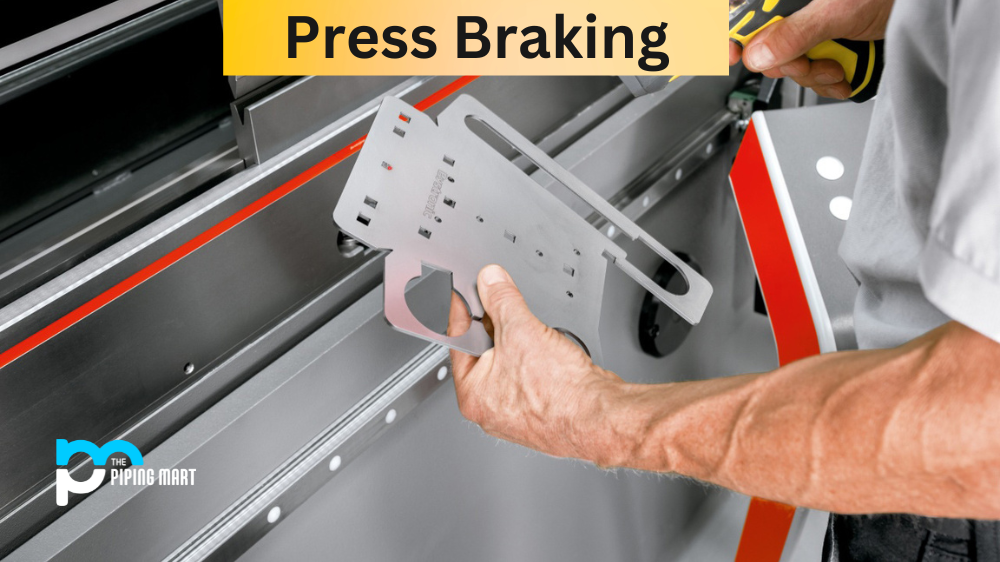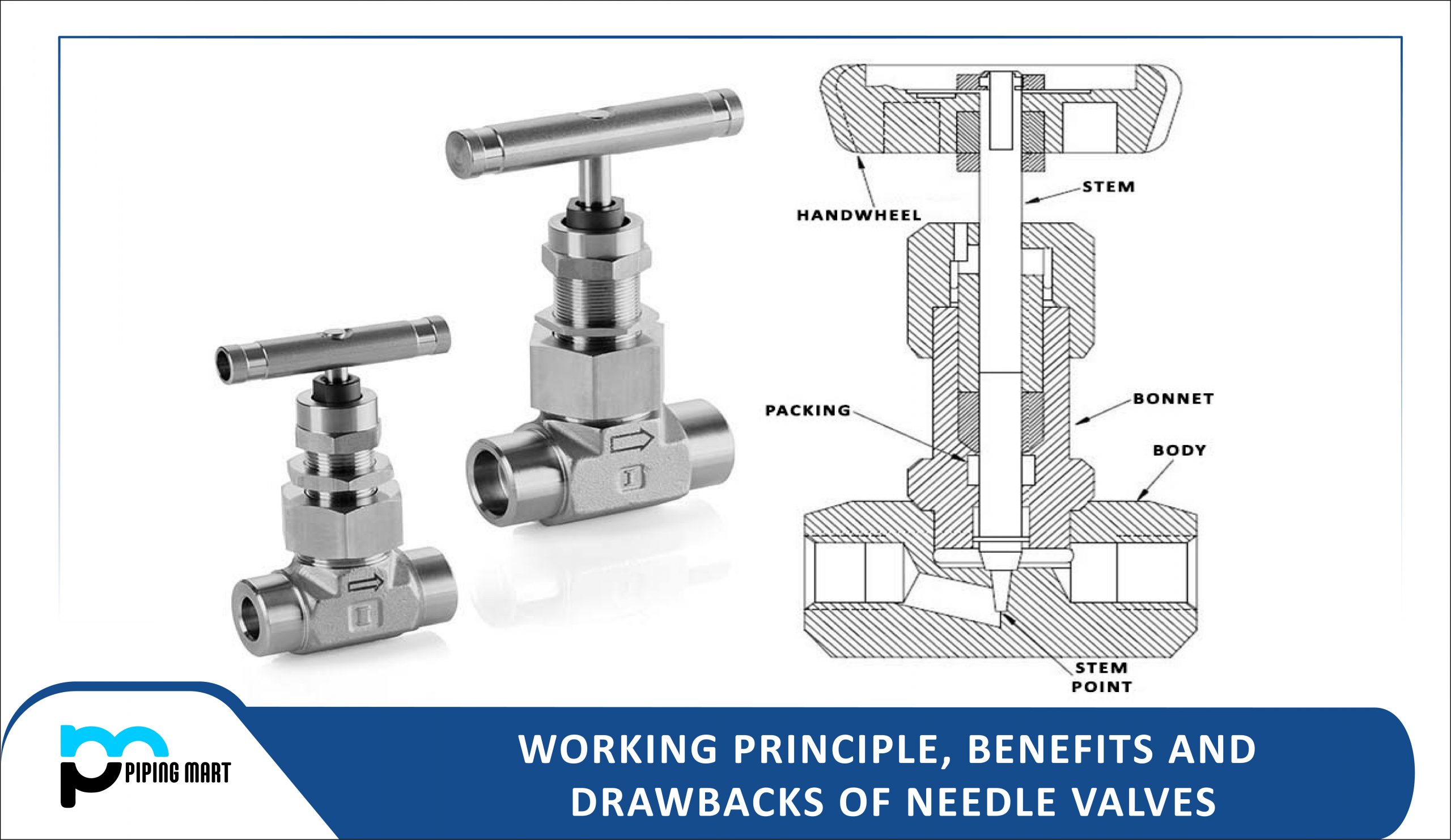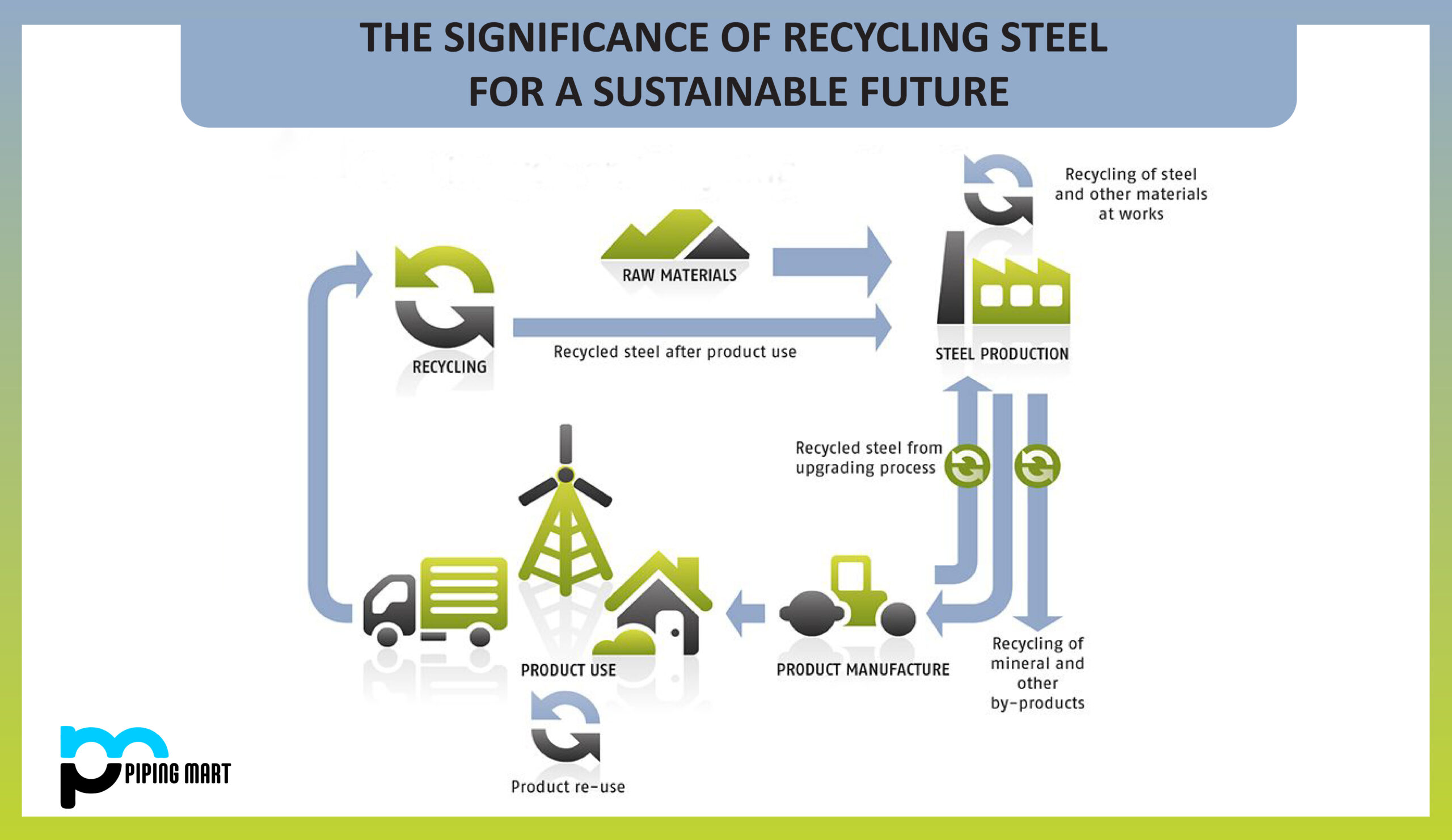Press braking is an industrial process used to bend metal pieces into precise shapes. This process can be used for a variety of applications, from producing small parts to large components. Press brakes are also versatile, as they can be used to produce complex shapes with varying levels of precision. In this blog post, we’ll explore the basics of press braking, its uses and applications, and how it can help you in your business.
What is Press Braking?
Press braking involves the bending of metal by pressing it between a punch and a die. The punch is a stationary tool that contains the shape being formed, while the die is usually placed on top of the workpiece and moves down to complete the bending process. The amount of force applied to create bends will depend on the thickness and hardness of the material being worked with; thicker materials require more force than thinner ones. Once bent, some materials may be heat-treated or tempered for extra strength or other properties.
Uses and Applications
Press brakes are commonly used in fabrication shops for creating custom parts for automotive, aerospace and consumer products. They are also used in manufacturing plants for large-scale production runs of parts such as brackets, flanges, frames and panels. Additionally, press brakes are often used in sheet metal forming processes like stamping or deep drawing to give components their desired shape. They can even be employed for cutting operations where a blade is inserted between two dies, which separate when pressure is applied.
Press Braking Process
The press brake process typically consists of three steps: clamping/fixturing, brake setup/programming, and bending/forming. Clamping/fixturing involves securing the workpiece so it won’t move during bending; this step may involve clamps or jigs depending on the part’s size and complexity. During brake setup/programming, parameters like pressure levels, stroke length and speed settings are programmed into the machine’s controller before bending begins; these parameters must be tailored to each application as they will affect how well parts turn out after bending has taken place. Finally, once all parameters have been set up correctly, actual forming takes place, where the material is bent along its desired axis until it meets its final shape specifications; this step may involve multiple passes depending on how complex the part needs to be shaped.
Conclusion:
Press braking offers many advantages, such as versatility (it can form complex shapes), accuracy (high precision bends) and cost-effectiveness (less expensive than other methods). Moreover, press brakes can produce both small batches with short lead times and high-volume production runs with longer lead times—making them ideal for any company looking to increase their productivity without sacrificing quality or budget constraints! If you’re looking for an efficient way to produce custom parts or components quickly and accurately, then press braking might just be what you need!
Meet Heer, a dynamic and driven writer learning tricks of her trade in the metal industry. With a background in Digital Marketing, Heer brings a unique perspective to her writing, sharing valuable insights. Apart from blogging she like reading and hiking.




